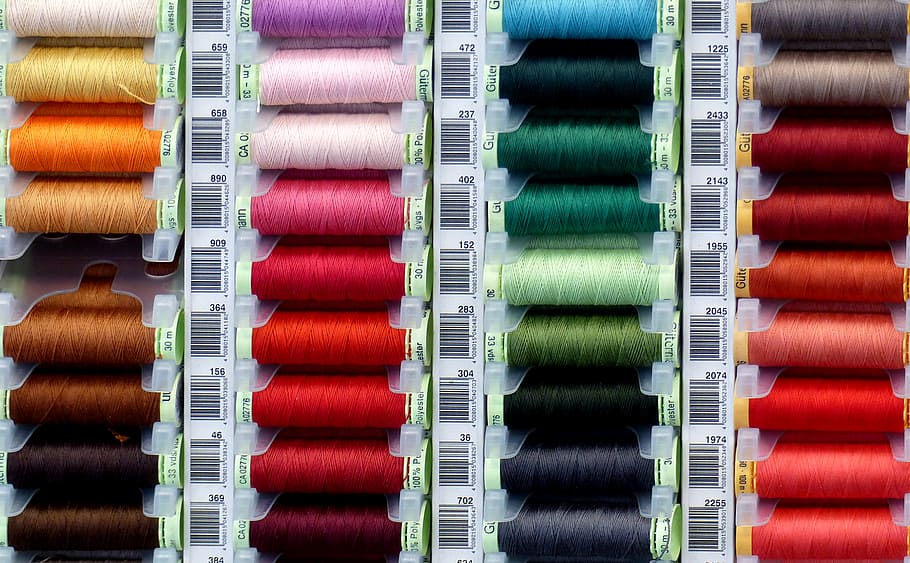
India’s textile industry marches towards $ 200 billion ecosystem
Integration of technology is crucial for India’s textile industry to advance into the future.
The textile industry has been a significant contributor to India’s economy for a long time, employing millions of people and serving as a vital export sector. India, with its strong history of textile production and a large pool of qualified workers, has the potential to become a global leader in the industry. However, there are several obstacles that need to be addressed in order to achieve the ambitious goal of growing the textile business to $200 billion, as set by Piyush Goyal, the Minister of Commerce & Industry, Consumer Affairs, Food & Public Distribution, Textiles, Government of India. India’s rich history of textile production and abundance of skilled artisans provide a solid foundation to propel the industry to unprecedented heights.
India has a centuries-old legacy in the textile industry, known for its exquisite craftsmanship and traditional techniques. This legacy gives India a unique advantage, allowing it to offer a diverse range of textile products with exceptional quality and artistry. By leveraging this heritage and preserving traditional techniques while incorporating modern design sensibilities, India can attract global markets that seek authentic and culturally rich textiles.
One of India’s greatest strengths lies in its skilled artisans, who possess generations of knowledge and expertise. These artisans can create intricate weaves, delicate embroideries, and handcrafted textiles of unmatched beauty and craftsmanship. By providing appropriate training, upskilling initiatives, and access to modern tools and technology, India can empower these artisans to create contemporary designs that resonate with international buyers, thereby driving growth and demand.
The Indian government recognizes the importance of the textile sector and has implemented several programs to support its growth. Initiatives such as the Make in India campaign, the National Textile Policy, and the Technology Upgradation Fund Scheme (TUFS) have facilitated investments, provided financial assistance, and created a favorable environment for textile manufacturers. Additionally, further reforms aimed at reducing bureaucratic obstacles, streamlining regulations, and improving the ease of doing business will attract both domestic and foreign investors, fostering industry growth.
To achieve the target of $200 billion, India needs to expand its presence in the global market. By forming strategic partnerships, participating in international trade fairs and exhibitions, and effectively utilizing e-commerce platforms, Indian textile manufacturers can showcase their products to a wider audience. Moreover, collaborations with international fashion brands and designers can help penetrate high-end markets, elevating the recognition and value of Indian textiles worldwide.
Sustainability is an increasingly important concern in the global textile industry. By promoting the use of organic resources and adopting eco-friendly practices, India can position itself as a pioneer in sustainable textile manufacturing. Prioritizing responsible sourcing, reducing water consumption, and implementing cleaner production techniques will align with global sustainability standards and attract conscientious consumers who value ethically produced textiles.
Integration of technology is crucial for India’s textile industry to advance into the future. Automation, digitalization, and the Internet of Things (IoT) can significantly enhance efficiency, productivity, and quality control. Investments in cutting-edge machinery, digitized supply chain management, and advanced textile processing techniques will enable India to compete on a global scale and meet the evolving expectations of the sector.
India’s textile industry holds immense potential to reach the $200 billion target, driving economic growth, creating employment opportunities, and showcasing the nation’s cultural heritage to the world. By harnessing its rich textile heritage, empowering skilled artisans, implementing supportive policies, improving market access, embracing sustainable practices, and embracing technology, India can overcome challenges and lead the global textile market. The combined efforts of the government, industry stakeholders, and artisans will pave the way for a thriving and prosperous Indian textile industry that continues to be a symbol of excellence, craftsmanship, and innovation.




